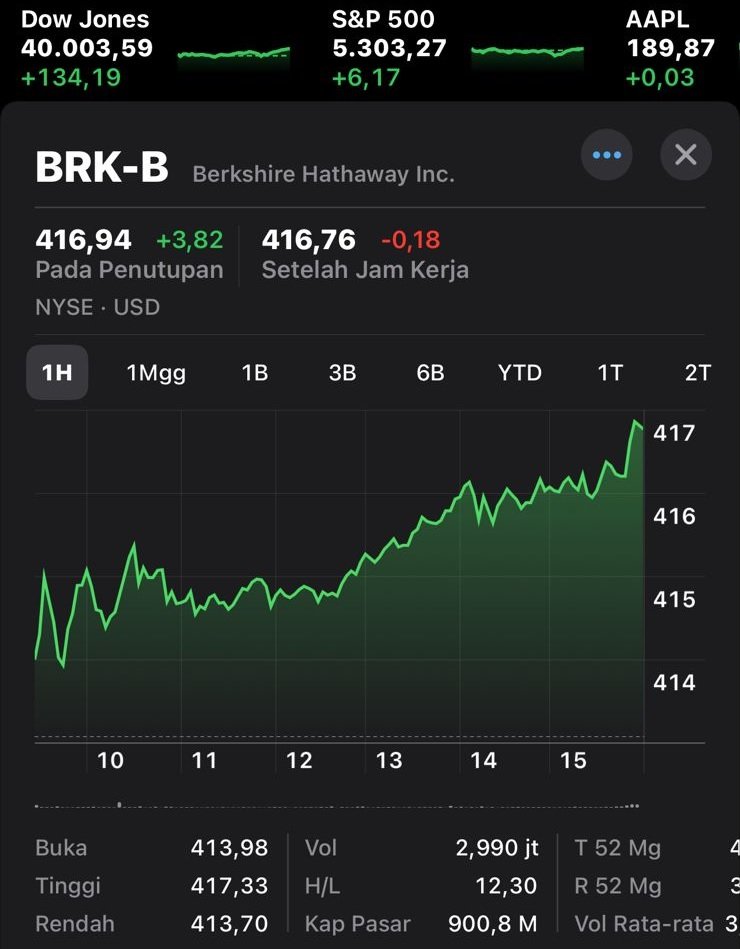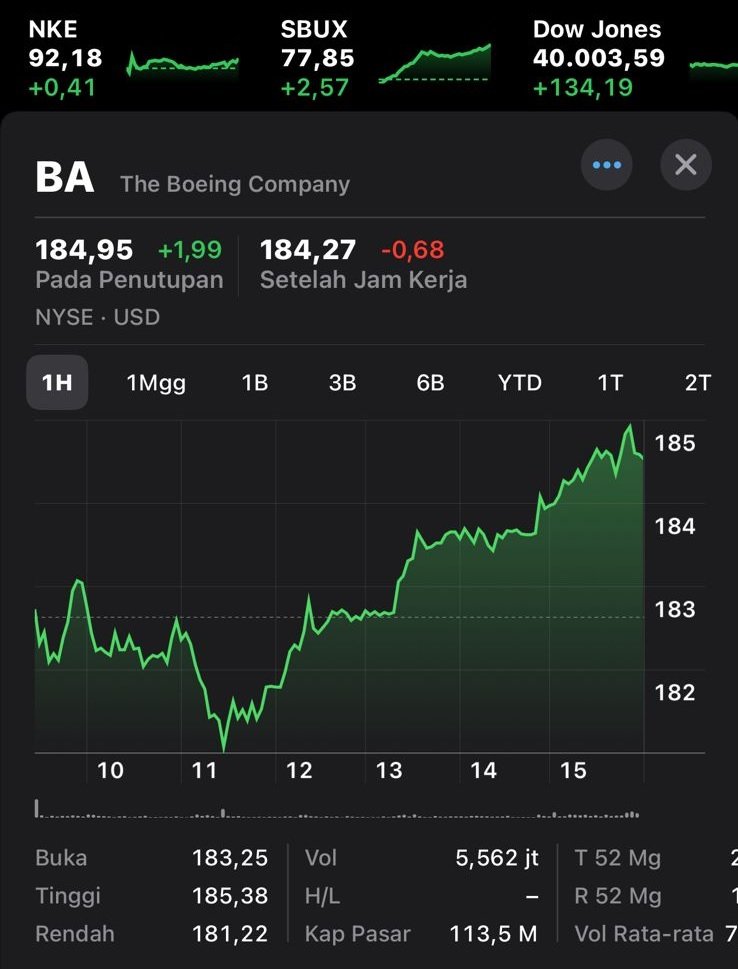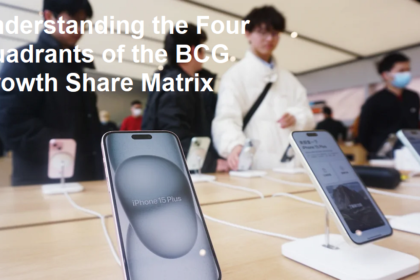George Soros’ theory of reflexivity is a thought that explains that the actions of individuals and institutions in financial markets are influenced not only by objective market conditions, but also by their own perceptions and interpretations of these conditions. This means market participants’ beliefs and biases can influence market prices, creating feedback loops that can amplify or dampen market movements. As the name suggests, this theory was put forward by the famous hedge fund manager and philanthropist George Soros.
George Soros, became famous for his role in the British pound crisis. Soros is best known for betting against the pound in 1992, ultimately forcing the British government to devalue its currency and exit the European exchange rate mechanism. This event confirmed Soros’ reputation as an accomplished investor.
Soros’ success in predicting and profiting from market movements is largely due to his understanding of reflexivity in financial markets. In his book “The Alchemy of Finance,” Soros outlines the concept of reflexivity, that the biases and beliefs of market participants can create self-reinforcing cycles of boom and bust. According to Soros, this cycle is not always rational or efficient but is driven by the interaction between participants’ perceptions and market outcomes.
In the field of economics and finance, few people have as much influence as George Soros. His theory of reflexivity challenged traditional economic models and forced scholars and practitioners to reconsider their understanding of market dynamics. Soros’ insights into the role of psychology and human behavior in shaping market outcomes have influenced many fields, from behavioral economics to financial regulation.
George Soros’ theory of reflexivity is heavily influenced by the thoughts of Nassim Nicholas Taleb and Robert Shiler. Taleb in his book “The Black Swan” wrote that it was a very impossible and unpredictable event that had huge consequences. This is with Soros’ idea of feedback loops and self-reinforcing cycles in the market. Meanwhile, Robert Shiller, a Nobel laureate economist best known for his work on behavioral finance and market inefficiency based on his research on speculative bubbles and irrational exuberance revealed the role of human psychology in shaping market trends. Emotions, biases and beliefs can drive asset prices to unsustainable levels.
1. Origins and Basic Concepts
George Soros introduced Reflexivity Theory to explain phenomena in financial markets that cannot be explained by classical economic theory which assumes that markets tend towards equilibrium. Soros argues that financial markets are often unstable due to interactions between market participants and the reality of the market itself.
2. Basic Principles of Reflexivity Theory
Soros’ Theory of Reflexivity is built on two main concepts:
* Cognitive Participation: This refers to how market participants (investors, traders, etc.) form their views of market reality based on available information. This perception is influenced by various factors including economic data, news, and market analysis.
* Constructive Participation: This describes how the actions of market participants based on their perceptions can influence the reality of the market itself. For example, if many investors believe that the stock price will rise, they will buy the stock, which in turn may cause the stock price to actually rise.
3. Dynamics of Reflexivity
This theory shows that there is a two-way relationship between perception and reality. This process can create a positive or negative feedback loop.
* Positive Feedback: When market participants’ perceptions reinforce market direction. For example, a belief that an asset’s price will rise leads to purchases that increase the price of that asset, strengthening the initial belief.
* Negative Feedback: When market participants’ perceptions reduce market movements. For example, the belief that an asset’s price is too high leads to selling, which then lowers the price of the asset.
4. Implications in Financial Markets
Soros’ Reflexivity Theory challenges the view that markets are always efficient and accurately reflect all available information. Conversely, markets can become irrational and exhibit behavior such as economic bubbles or financial crises as a result of reflexive interactions.
* Economic Bubble: A phenomenon in which asset prices rise significantly above their intrinsic value due to excessive speculation, followed by a price crash.
* Financial Crisis: When widespread negative perceptions lead to a massive withdrawal of capital from the market, which worsens the state of the economy.
5. Example of Application of Reflexivity Theory
Famous examples of the application of this theory are in the Asian financial crisis of 1997 and the US subprime mortgage crisis of 2008. In both cases, the perceptions and actions of market participants played a key role in worsening the economic situation.
6. Criticism and Support
Reflexivity Theory has received various criticisms and supports. Some economists argue that this theory provides valuable insight into the unstable and irrational behavior of markets. However, there are also those who think that this theory is too abstract and difficult to apply practically in economic analysis.
George Soros’ theory of reflexivity has made significant contributions to the fields of economics and finance. Even so, this theory does not escape criticism. Some academics and practitioners argue that Soros’s emphasis on reflexivity oversimplifies the complexity of financial markets and ignores the fundamental factors that drive asset prices. Critics also point out the limitations of Soros’ approach, particularly in predicting the timing and magnitude of market movements. Additionally, Soros’ reputation as a speculative trader and his controversial political activities have led to skepticism and criticism of his theories.undefined
George Soros’ theory of reflexivity has had a major impact on the understanding of financial markets and human behavior. Soros’ concept of reflexivity challenges conventional economic theory and highlights the role of psychology and perception in shaping market trends. In the context of modern finance, this theory provides lessons on how important humility, adaptability and reflexivity are in analyzing and interpreting market dynamics.













